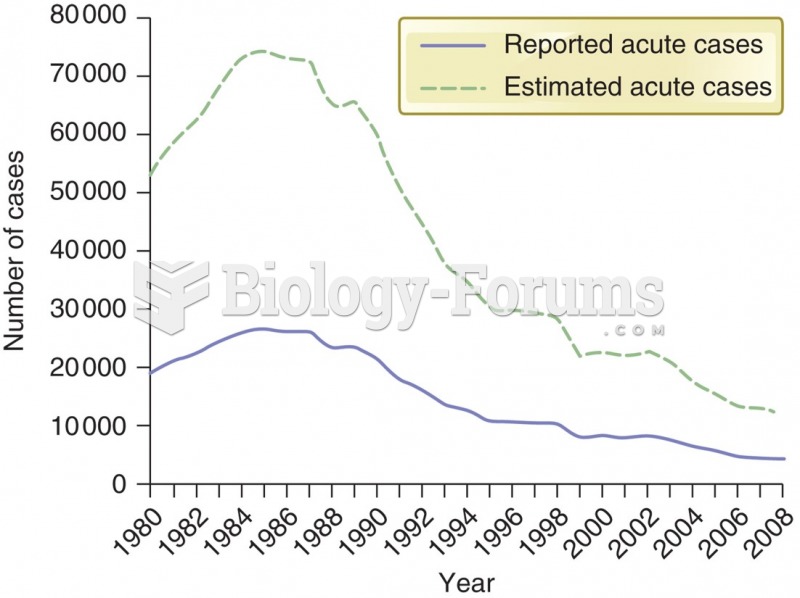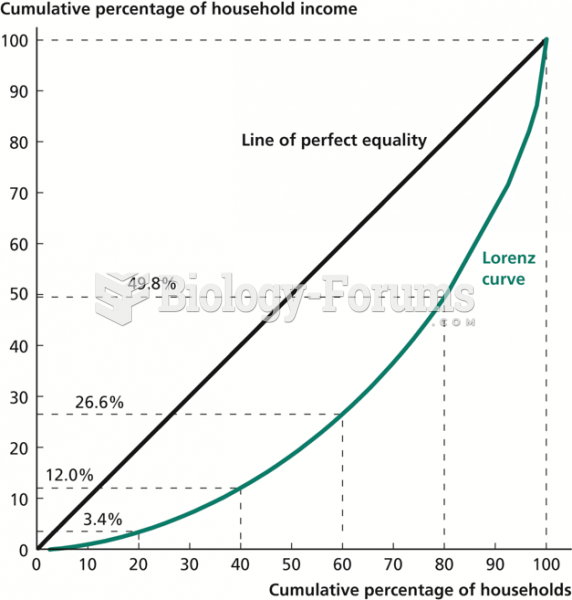Answer to Question 1
Poverty in the United States is highly concentrated according to age, gender, and
race/ethnicity. Today, children are at a much greater risk of living in poverty than are
older persons. The age category most vulnerable to poverty today is the very young.
One out of every three persons below the poverty line is under 18 years of age. The
precarious position of African American and Latino/a children is even more striking.
In 2003, about 30 percent of all African Americans under the age of 18 lived in
poverty; 28 percent of Latino/a children were also poor, as compared to less than 10
percent of non- Latino/a white children. Children as a group are poorer now than they
were at the beginning of the 1980s, whether they live in one- or two-parent families.
The majority live in two-parent families in which one or both parents are employed.
However, children in single-parent households headed by women have a much
greater likelihood of living in poverty. In 2003, approximately 29 percent of white
(non-Latino/a) children under age 18 in female-headed households lived below the
poverty line, as sharply contrasted with about 50 percent of Latino/a and 49 percent
of African American children in the same category.
About two-thirds of all adults living in poverty are women. In 2003, single-parent
families headed by women had a 35 percent poverty rate as compared with a 10
percent rate for two-parent families. Sociologist Diana Pearce coined a term to
describe this problem of gender-specific poverty. The feminization of poverty refers
to the trend in which women are disproportionately represented among individuals
living in poverty. According to Pearce, women have a higher risk of being poor
because they bear the major economic and emotional burdens of raising children
when they are single heads of households, but earn between 70 and 80 cents for
every dollar a male worker earns.
According to some stereotypes, most of the poor and virtually all welfare recipients
are people of color. However, this stereotype is false; white Americans (nonLatinos/as)
account for approximately two-thirds of those below the official poverty
line. Native Americans are among the most severely disadvantaged persons in the
United States. About one-third are below the poverty line, and some of these
individuals live in conditions of extreme poverty.
Answer to Question 2
Conflict theory emphasizes the political, economic, and social forces that affect health
and the health care delivery systems. Among the issues of concern to conflict theorists
are the ability of all people to obtain health care how race, class, and gender
inequalities affect health and health care power relationships between doctors and
other health care workers the dominance of the medical model of health care and the
role of profit in the health care system. According to many conflict theorists, problems
in U.S. health care delivery are rooted in the capitalist economy, which views medicine
as a commodity that is produced and sold by the medicalindustrial complex. Access to
high-quality medical care is linked to people's ability to pay and to their position within
the class structure. Those who are affluent or have good medical insurance may
receive high-quality, state-of-the-art care in the medicalindustrial complex because of
its elaborate technologies and treatment. However, people below the poverty level and
those just above it have greater difficulty gaining access to medical care. Referred to
as the medically indigent, these individuals do not earn enough money to afford private
medical care but earn just enough money to keep them from qualifying for Medicaid.
According to conflict theorists, physicians, who hold a legal monopoly over medicine,
benefit from the existing structure because they can charge inflated fees. Similarly,
clinics, pharmacies, laboratories, hospitals, supply manufacturers, insurance companies,
and many other corporations derive excessive profits from the existing system of
payment in medicine. In recent years, large drug companies and profit-making hospital
corporations have come to occupy a larger and larger part of health care delivery. As a
result, medical costs have risen rapidly, and the federal government and many
insurance companies have placed pressure for cost containment on other players in the
medicalindustrial complex.






